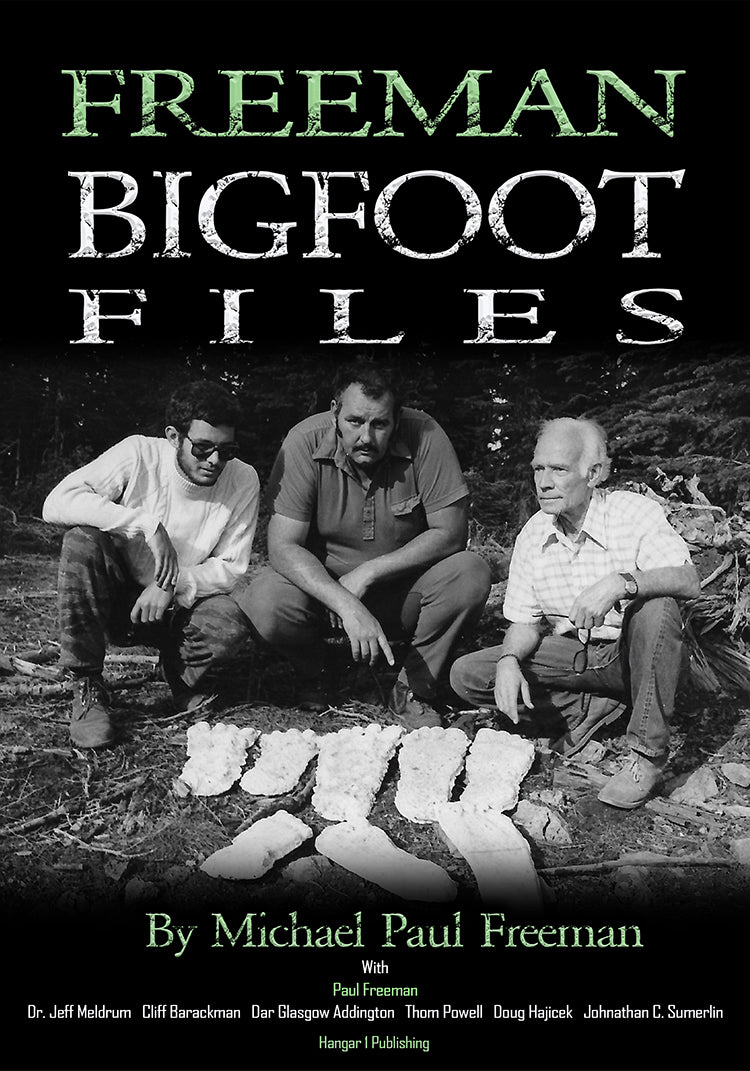Hybrid Infiltration Explained

By Howard Callahan, Ufologist
Water seeping into soil. Cancer cells spreading through tissues. Atoms weaving through polymers. On the surface, these processes have little in common. Yet they share a fundamental concept that's reshaping scientific understanding across multiple disciplines: hybrid infiltration.
At its most basic, infiltration simply means one thing penetrating another. But when we add hybridity-the combination of different elements or approaches-something remarkable happens. The infiltration becomes more effective, more targeted, or gains entirely new properties.
This intersection of hybridity and infiltration has emerged as a powerful concept spanning medicine, materials science, and environmental engineering. Scientists in these seemingly unrelated fields have independently discovered that hybrid approaches to infiltration offer advantages that single-method approaches cannot match.
Cancer's Hybrid Masterminds
The most alarming example of hybrid infiltration appears in cancer research. For decades, scientists believed that for cancer to spread (metastasize), tumor cells needed to undergo a complete transformation from an epithelial state (well-organized, tightly connected) to a mesenchymal state (loosely connected, highly mobile).
Recent research has upended this understanding. It turns out the most dangerous cells aren't fully mesenchymal. Instead, they exist in a "hybrid" state, maintaining characteristics of both forms.
"These hybrid cells demonstrate a remarkable ability to establish metastases, even though they're not the best at initially escaping the primary tumor," explains Dr. Chang-Yong Nam, a scientist studying these processes. "It's like they've found the perfect balance between mobility and survival."
The research reveals a cunning strategy: hybrid cancer cells produce fewer chemical signals (chemokines CXCL1 and CXCL8) that would normally attract immune cells called Natural Killer (NK) cells. Think of it as a burglar cutting the wires to the alarm system before breaking in. By flying under the radar, these hybrid cells create metastatic sites with fewer defensive immune cells.
But their stealth doesn't stop there. The study identified a subset of hybrid cells called Cancer-Initiating Cells (CICs) that display a particularly effective shield against immune attack. These cells express high levels of a molecule called B7-H3 on their surface, which acts like a "don't kill me" signal to approaching NK cells.
This infiltration strategy proves devastatingly effective. Clinical data shows patients with tumors displaying this hybrid state combined with low NK cell presence face the worst prognosis. The hybrid infiltrators have essentially found a way to be aggressive while avoiding the body's natural defenses.
The finding challenges conventional wisdom that cancer progresses linearly toward more aggressive states. Instead, this intermediate hybrid state possesses unique advantages specifically for colonizing new territories in the body.
Building Materials Atom by Atom
In materials science, hybrid infiltration takes a completely different but equally fascinating form through a technique called Sequential Infiltration Synthesis (SIS).
Imagine having the ability to weave inorganic materials like metals and metal oxides into the very fabric of organic materials like polymers-not just coating the surface, but integrating throughout the entire structure. That's exactly what SIS accomplishes.
"SIS is like atomic embroidery," says materials researcher Dr. Jeffrey Elam. "We're stitching inorganic materials into organic frameworks at the nanoscale, creating hybrid materials with properties neither could achieve alone."
The technique works by exposing a porous organic material (like a polymer) to gaseous precursors containing the building blocks of the desired inorganic material. These precursors don't just sit on the surface-they diffuse into the organic matrix and react with specific functional groups within the polymer structure. This process repeats in cycles, allowing for precise control over the infiltration.
The resulting hybrid materials offer remarkable advantages. By combining the flexibility and processability of polymers with the electrical, optical, or mechanical properties of inorganic materials, scientists can create composites with tailored characteristics for specific applications.
The applications span an impressive range:
- Electronics: Enhancing photoresists used in manufacturing computer chips, making them more resistant to etching processes and better at absorbing extreme ultraviolet light.
- Energy devices: Improving batteries, solar cells, and thermoelectric materials that convert waste heat into electricity.
- Sensors: Creating hybrid materials that can detect specific gases, chemicals, or light with high sensitivity.
- Mechanical enhancements: A striking example comes from infiltrating metal compounds into spider silk, significantly increasing its toughness.
In one particularly innovative application, researchers created nanowire arrays for ultraviolet light detection. By precisely controlling the infiltration process, they achieved sensors with extraordinary sensitivity, far outperforming conventional materials.
What makes SIS so powerful is its precision. Traditional composites might blend materials together, but SIS allows for atom-by-atom placement, creating truly integrated hybrid structures where the boundaries between organic and inorganic blur.
Managing Urban Waters
Step away from the laboratory and into our cities, and hybrid infiltration takes on yet another meaning in managing stormwater.
Urban areas face a fundamental challenge: concrete, asphalt, and buildings prevent rain from naturally soaking into the ground. The resulting runoff increases flooding risk and carries pollutants into waterways.
Civil engineers have increasingly turned to Low Impact Development (LID) strategies that mimic natural processes, with infiltration-water soaking into soil-being a primary goal. But in dense urban environments with limited space or poor soil conditions, traditional infiltration methods often fall short.
Enter hybrid infiltration systems that combine different techniques to maximize effectiveness.
"The idea is simple but powerful," explains stormwater engineer Maria Contreras. "If a bioretention cell at the surface isn't enough because of space or soil constraints, we can add subsurface chambers or pipes beneath it to temporarily store more water, giving it time to gradually infiltrate."
These hybrid systems might pair permeable pavement with underground storage, connect rain gardens to infiltration trenches, or integrate green roofs with subsurface infiltration. The approach overcomes the limitations of any single method, creating resilient systems that manage water more effectively in challenging urban environments.
The complexity of these systems has driven another form of hybrid approach: mathematical models that combine physics-based equations with machine learning to better predict water flow. This computational hybridity allows engineers to design more effective stormwater management systems by accurately simulating how water moves through complex urban landscapes.
One research team developed a physics-informed machine learning methodology that dramatically improved predictions of water infiltration rates in buildings. Using just a small amount of test data, their hybrid model could extrapolate to entirely different weather and operational conditions, showing a remarkable improvement over traditional methods.
Beyond the Mainstream
The concept of hybrid infiltration extends beyond these major applications. In several other fields, researchers have found ways to combine different elements to enhance infiltration processes:
Thermoelectric Materials
Thermoelectric materials convert temperature differences into electricity, making them valuable for harvesting waste heat. By using vapor phase infiltration to create organic-inorganic hybrid materials, researchers are developing flexible, cost-effective thermoelectric devices that could transform how we capture and use waste energy.
Photonics
In photonics-the science of controlling light-hybrid infiltration creates structures with unique optical properties. By infiltrating conjugated polymers into porous silicon, researchers achieved materials that can modify light in ways neither component could alone.
Tissue Engineering
Tissue engineering benefits from hybrid scaffolds that combine electrospun fibers with hydrogels. The fibers provide structural guidance while the gel creates a supportive environment, working together to encourage cells to infiltrate and generate new tissue.
Dentistry
Even dentistry applies hybrid infiltration. Novel hybrid-glass materials can infiltrate the porous structure of early tooth decay (white spot lesions), arresting the progression without drilling. In laboratory tests, certain hybrid formulations completely prevented further demineralization, preserving tooth structure.
The Power of Combination
What unites these diverse applications is a fundamental insight: when it comes to infiltration, hybrid approaches often outperform single-method solutions.
In cancer, the hybrid state combines mobility with immune evasion. In materials science, SIS merges the properties of organic and inorganic materials. In stormwater management, hybrid systems integrate surface and subsurface features to maximize water infiltration.
Across disciplines, hybridity confers advantages that would be impossible to achieve with homogeneous approaches. Hybrid cancer cells wouldn't be as metastatic without both epithelial and mesenchymal traits. Hybrid materials wouldn't have their unique properties without both organic and inorganic components. Hybrid stormwater systems wouldn't be as effective without both surface and subsurface elements.
The complexity inherent in these hybrid infiltration processes often drives the development of hybrid methodologies to understand them, such as the combined physics-based and machine learning models used to predict water flow. This creates a fascinating parallel where both the physical phenomenon and our approach to studying it display hybrid characteristics.
Furthermore, insights from one field could potentially inspire advances in others. The immune evasion strategies of hybrid cancer cells might inform the design of biomaterials. Techniques for creating porous structures in materials science could influence civil engineering infiltration designs. The hybrid modeling approaches used in hydrology could help predict the behavior of hybrid materials.
As researchers continue to explore hybrid infiltration across disciplines, we'll likely discover even more connections and applications. The cancer researchers identifying metastatic mechanisms, the materials scientists engineering at the nanoscale, and the civil engineers designing stormwater systems are all working with different manifestations of the same powerful concept: the enhanced capabilities that emerge when hybridity meets infiltration.
In a world that increasingly demands specialized knowledge, hybrid infiltration reminds us that some of the most profound insights come from recognizing patterns that span multiple fields. By understanding how hybrid approaches enhance infiltration across disciplines, we gain a deeper appreciation for both the elegance of nature's solutions and the ingenuity of human innovation.
From Bigfoot to UFOs: Hangar 1 Publishing Has You Covered!
Explore Untold Stories: Venture into the world of UFOs, cryptids, Bigfoot, and beyond. Every story is a journey into the extraordinary.
Immersive Book Technology: Experience real videos, sights, and sounds within our books. Its not just reading; its an adventure.


























